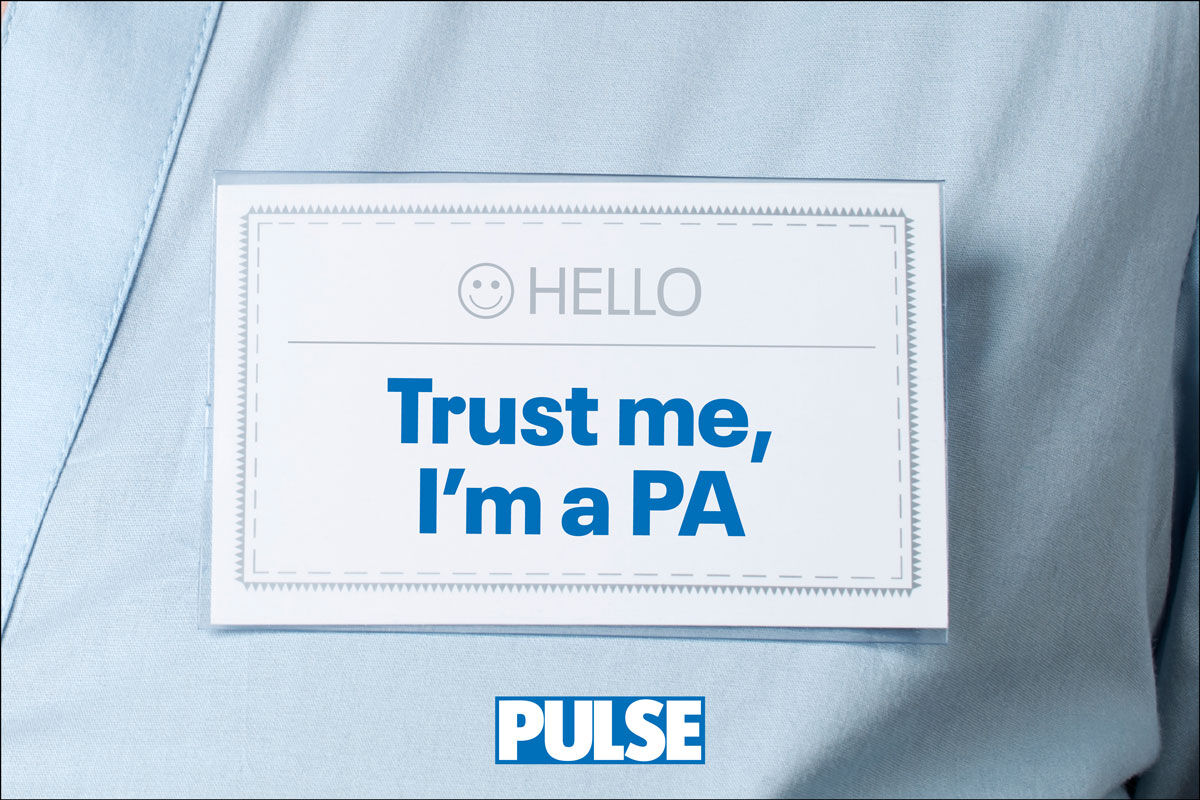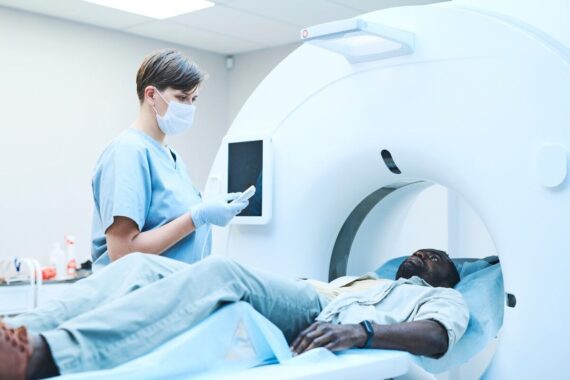The Department of Health and Social Care has announced the roll out of 19 additional community diagnostic centres (CDCs), which are set to open this year.
GPs, pharmacist or local hospital can refer into these ‘one stop shops’, which house MRI, CT, X-ray and ultrasound scanners and form part of the Government’s elective recovery objectives.
Some patients can currently use the 92 operational CDCs, which have delivered three million additional diagnostic tests since the programme started in July 2021, according to the DHSC.
The DHSC has said that with the newly announced facilities, the Government has completed over 80% of its ambition to implement 160 centres by 2025 which will perform up to 9 million additional tests a year.
The 19 new centres will perform 1.1 million tests and will be based in locations such as Milton Keynes, Warrington and Dorset.
Sir James Mackey, NHS National Director of Elective Recovery, said: ‘The NHS’s ambitious elective recovery plan, published just over a year ago, had these innovative ‘one stop shops’ at its heart.
‘Since then they have played a key role in helping us virtually eliminate the number of people waiting more than two years for treatment’.
In November 2022 CDCs, which are backed by £2.3bn in government funding, performed approximately 5% of all diagnostic activity, including cancer screening, according to the DHSC.
Health secretary Steve Barclay said: ‘Rapid diagnosis offers reassurance to patients, reduces waiting lists, and, crucially, saves lives.
‘CDCs have been fundamental to this effort, delivering over 3 million extra tests which are helping to diagnose conditions from cancer to lung disease more quickly across the country.’
Along with this scheme the government also launched an Elective Recovery Taskforce at the end of last year to tackle backlogs by using the independent sector’s ‘spare capacity’.
















